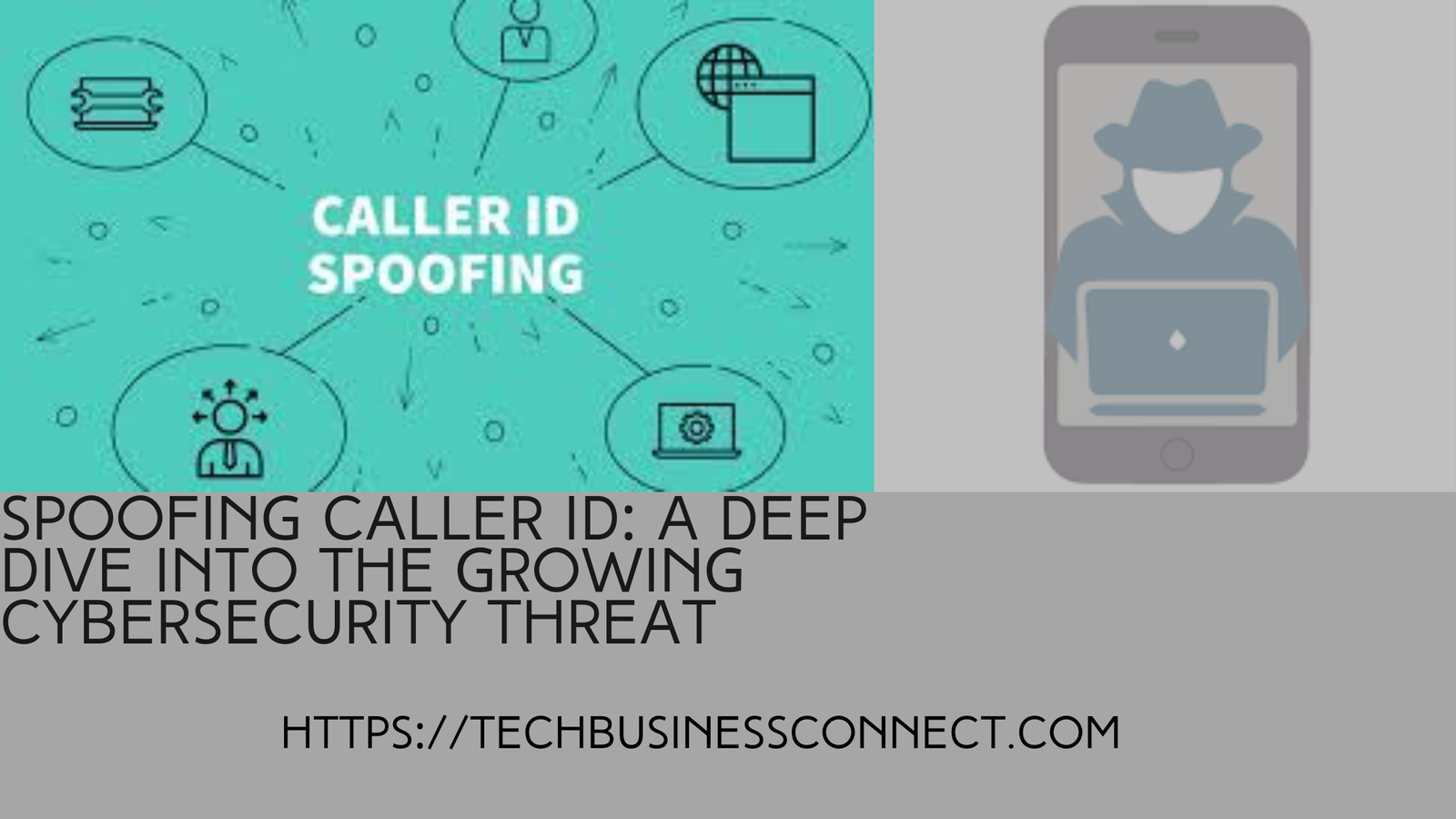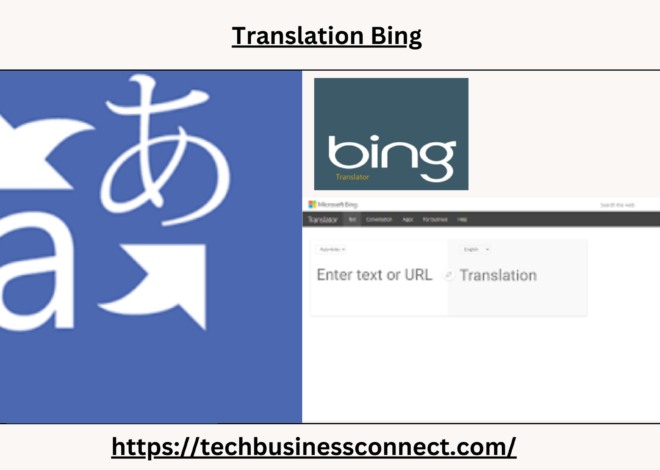
Spoofing Caller ID: A Deep Dive into the Growing Cybersecurity Threat 2024
In an age spoofing caller where technology connects the world more than ever, a darker side has emerged. One of the most common forms of digital fraud is caller ID spoofing. This tactic is not only used by cybercriminals for theft but has also found its way into scam operations, impersonation schemes, and prank calls. While this may sound like a simple trick, the implications of caller ID spoofing are far-reaching, impacting individuals, businesses, and government agencies. This article will explore what spoofing caller is, how it works, its legal implications, and how people can protect themselves from it.
What Is Spoofing Caller ID?
spoofing caller Id is the practice of deliberately falsifying the information transmitted to your caller ID display. In other words, it allows someone to make a phone call and manipulate the number that appears on the recipient’s phone. The goal is often to deceive the recipient into answering the phone by making it appear as though the call is coming from a trusted source — for instance, from a bank, government office, or even a personal contact.
The motives behind spoofing vary. Scammers might use this technique to impersonate someone the recipient knows in order to obtain sensitive information, like banking details, or to pressure them into making payments. It can also be used for pranks, harassment, or more nefariously, to engage in criminal activity without being easily traced.
How Does Caller ID Spoofing Work?
The mechanism behind spoofing caller Id is surprisingly simple. With the rise of Voice over Internet Protocol (VoIP) technology, it has become easy to manipulate the information sent through phone networks. VoIP allows phone calls to be made over the internet, bypassing traditional telephone systems. This technology also makes it easier for scammers to manipulate caller ID information.
Several online services offer spoofing caller Id as a feature — often for legitimate uses such as conducting market research or maintaining anonymity in some professional fields. However, these same services are exploited by criminals. These services allow the user to input a different number than their actual phone number, tricking the recipient into thinking the call is coming from a familiar or trusted source.
In addition to these services, scammers can use software or hardware to alter their caller ID. Some hackers even use social engineering or technical tricks to hijack legitimate phone numbers, making their spoofed calls almost indistinguishable from the real thing.
The Risks and Impact of Caller ID Spoofing
Spoofing caller ID can have devastating consequences, both for individuals and organizations. The most obvious risk is financial loss. Many spoofing scams are designed to convince victims to send money or disclose personal information, which can lead to identity theft. Scammers might pose as bank officials or IRS agents, creating a sense of urgency and fear that pushes victims into making hasty decisions.
For businesses, the risks are equally severe. Spoofing can harm an organization’s reputation if scammers impersonate them to defraud customers. Even worse, if criminals use a company’s phone number for widespread scams, that number could be blacklisted, and the company could face legal or regulatory challenges.
There’s also the emotional toll to consider. Victims of spoofing scams often feel violated and lose trust in phone communications. Prank calls can escalate into harassment or intimidation, causing emotional distress to individuals. In extreme cases, spoofing can be used for more dangerous activities like stalking or swatting — where someone calls emergency services to report a fake crime at the victim’s address, leading to a potentially dangerous police response.
Legal Implications of Caller ID Spoofing
Recognizing the dangers of caller ID spoofing, many countries have enacted laws to regulate or prohibit the practice. In the United States, the Truth in Caller ID Act of 2009 makes it illegal to knowingly transmit misleading or inaccurate caller ID information with the intent to defraud, cause harm, or wrongfully obtain anything of value. Violators of this law can face steep fines, sometimes up to $10,000 per violation.
However, enforcement of these laws remains challenging. Many spoofing operations are run by international crime syndicates, making it difficult for law enforcement agencies to track down and prosecute offenders. Furthermore, VoIP technology allows spoofers to hide their true location, further complicating the efforts to hold them accountable.
Despite the challenges, governments and regulatory agencies are working to crack down on spoofing. In the U.S., the Federal Communications Commission (FCC) has introduced several measures to combat caller ID spoofing, including the implementation of the STIR/SHAKEN framework. This technology helps verify the legitimacy of caller ID information, making it harder for scammers to spoof numbers.
In Europe, similar initiatives have been undertaken, with many countries tightening regulations on telecommunications providers and increasing penalties for fraud involving spoofed calls.
STIR/SHAKEN: A Technological Solution
One of the most promising advancements in the fight against caller ID spoofing is the STIR/SHAKEN protocol, which stands for Secure Telephone Identity Revisited (STIR) and Signature-based Handling of Asserted information using toKENs (SHAKEN). This framework, developed by the telecommunications industry, is designed to authenticate the origin of a phone call, helping to prevent spoofed calls from reaching their intended targets.
Under STIR/SHAKEN, phone carriers are required to validate that the call’s origin is legitimate before transmitting it to the recipient. If the call fails this verification process, the recipient is alerted that the call may be suspicious. This system is gradually being rolled out in many countries, with significant success in reducing the volume of spoofed calls.
While STIR/SHAKEN isn’t foolproof, it represents a significant step forward in combating the widespread issue of spoofing. As more telecom providers adopt this protocol, the effectiveness of spoofing should decrease.
How to Protect Yourself from Caller ID Spoofing
Despite the growing threat of caller ID spoofing, there are several steps individuals and businesses can take to protect themselves:
1. Be Skeptical of Unknown Numbers
If you receive a call from an unknown or suspicious number, do not provide personal information. Scammers often use high-pressure tactics to make you act quickly, but it’s essential to remain calm. Hang up and call the company or individual directly using a trusted number.
2. Use Call Blocking Technology
Many phone carriers offer call-blocking services that allow you to block calls from numbers known to be associated with fraud or scams. In addition, several third-party apps are available that can help identify and block suspicious calls.
3. Verify the Caller’s Identity
If you receive a call from a company or individual asking for personal information, always verify their identity before responding. This can be done by hanging up and calling the organization’s official phone number to confirm that the call is legitimate.
4. Report Suspicious Calls
If you believe you’ve been targeted by a spoofing scam, report the incident to the authorities. In the U.S., you can file a complaint with the Federal Trade Commission (FTC) or the FCC. In other countries, similar regulatory agencies handle such reports. Reporting these calls helps regulatory bodies track and combat spoofing efforts.
5. Educate Others
Knowledge is power. Sharing information about caller ID spoofing with friends, family, and colleagues can help prevent others from falling victim to this scam. The more people are aware of the dangers of spoofing, the harder it becomes for scammers to succeed.
Conclusion
Spoofing caller Id is a growing problem in the digital age, with far-reaching consequences for both individuals and organizations. The technology behind it is easily accessible, making it an attractive tool for scammers and cybercriminals. While governments and regulatory bodies are working hard to combat this issue through legislation and technological advancements like STIR/SHAKEN, individuals must also take steps to protect themselves.
Being vigilant, using call-blocking tools, and verifying the identity of callers are all essential steps in defending against spoofing. As awareness of this issue continues to grow, it is hoped that these scams will become less effective, helping to protect people from financial and emotional harm. Ultimately, the key to combating caller ID spoofing lies in a combination of technology, regulation, and public awareness.


